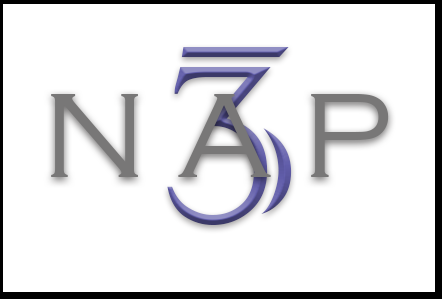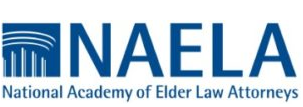For everything there is a season, and it will soon be the season for taxes. Although it always seems to arrive too quickly, you will start to receive important tax documents by January 31. Whether you are filing as an individual or administering an estate or trust, you should start to prepare for tax day, April 18, 2023.
Filing as an Individual
Individuals (and married couples) use Form 1040 to file their annual income tax return. Starting in January, watch for the arrival of forms stating the amount of income you earned during 2022. Here are several of the most common forms you may need to complete your Form 1040:
Form W-2, Wage and Tax Statement. If you are a full-time employee or work part-time but are classified as an employee, your employer is required to send you a Form W-2 by January 31, 2023, showing the amount you were paid in wages, tips, and other compensation; the amount withheld by your employer for taxes; and the amount withheld for Social Security and Medicare. This form is not sent to independent contractors or self-employed workers.
Form 1099-NEC, Nonemployee Compensation. If you earned at least $600 in income as an independent contractor, the party or business who hired you must provide you with a Form 1099-NEC (in the past, Form 1099-MISC was used) by January 31, 2023. Form 1099-MISC is still used for prizes, awards, and other income payments, and the business must also provide this to you by January 31, 2023.
Form 1099-INT, Interest Income. Any entity that has paid you interest income of at least $10 must send you a Form 1099-INT by January 31, 2023. This could include banks or other financial institutions. For example, it will be issued for interest paid on savings bonds or savings and checking accounts. You should use this form to report all interest income you have received during the tax year to the Internal Revenue Service.
Form 1099-DIV, Dividends and Distributions. Financial institutions such as banks, credit unions, and mutual funds that have issued you at least $10 in dividends or other distributions must send you a Form 1099-DIV by January 31, 2023. This form supplies you the information you will need to report the income you receive from investments in the form of dividends.
It is also important to gather and maintain records of IRA contributions, health savings account contributions, and other items that can reduce your taxable income, as well as documentation that will allow you to take advantage of tax deductions or credits, such as charitable contributions and mortgage interest.
Filing as an Executor or Trustee
If you are the executor of an estate or a trustee for a trust, you must report income of more than $600 earned by the estate or trust on Form 1041. If there is a beneficiary who is a nonresident alien, it must be filed regardless of the amount of income earned. However, if the beneficiaries of the estate or trust are entitled to receive the income, they are responsible for actually paying the income tax rather than the estate or trust. A few examples of assets held by an estate or trust that may earn income include mutual funds, rental property, savings accounts, stocks, or bonds.
The date the return is due depends on whether the estate or trust follows a calendar year or a fiscal year. Calendar year estates and trusts must file the return by April 18, 2023, but fiscal year estates and trusts must file the return by the fifteenth day of the fourth month following the close of the tax year. The executor or trustee can choose whether to use a calendar or fiscal year. Many executors and trustees file a form electing a fiscal year, which begins on the date of the individual’s death and ends on the last day of the month before the anniversary of the date of death, because it allows more time for tax planning. In contrast, if the executor or trustee chooses to use a calendar year, the tax year begins on the date of death and ends on December 31 of the same year.
Executors and trustees must report all distributions of income made to beneficiaries on a Schedule K-1 (1041). In addition, you must send a copy of their respective Schedules K-1 to each beneficiary who has received a distribution of income, and the beneficiaries must report the amount of the distributions on their personal income tax returns. The deadlines for Schedule K-1 are the same as those for Form 1041 and depend on whether a calendar year or fiscal year is being used. Because the beneficiaries need to report this income on their own income tax returns, it is important to send the Schedule K-1 to them as early as possible.
As the executor or trustee, you should gather and maintain records of your fees, fees paid to professionals such as lawyers or accountants, administrative expenses, and distributions to beneficiaries so you can report them on Form 1041 to support tax deductions you claim for the estate or trust.
We Can Help
It is crucial to consider the implications of income taxes for estate planning and administration, whether you are an individual who needs to create or update your own estate plan or if you are administering an estate or trust. Please give us a call if you have any questions about how income taxes should affect your planning or administration decisions.









